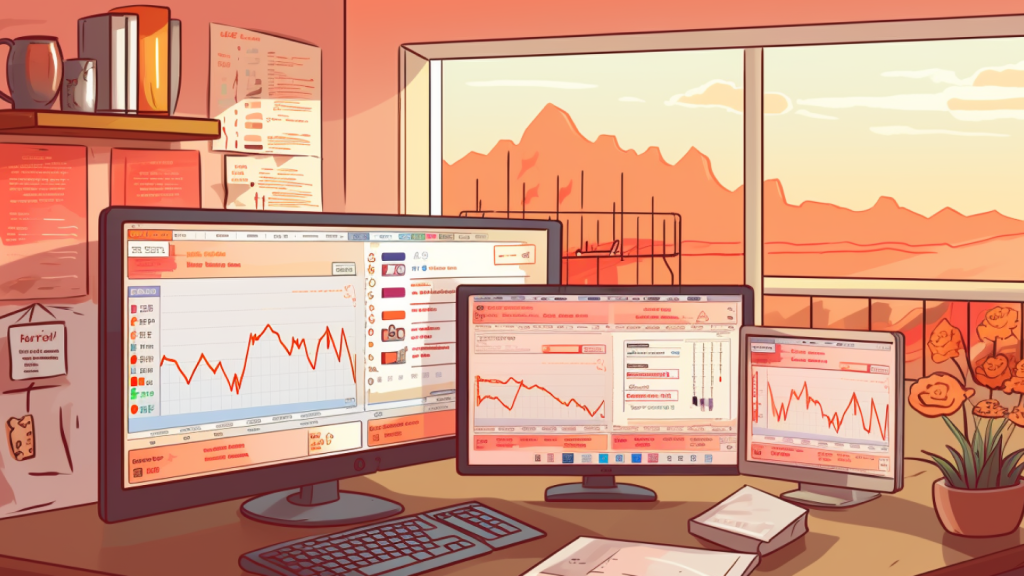Application Modernization - Rehosting, Rebuilding, Replacing
Despite expensive and innovative digital transformation drives, many organizations still run and maintain legacy software. That’s because, over the years, such systems have become fundamental to the way the organization functions, and replacing them with modern alternatives isn’t always that straightforward.
Nevertheless, modernizing legacy systems is something that many enterprises simply must do to increase their network security, enable new software features to be added, and boost their productivity.
Not sure if your legacy systems are causing your organization problems?
Check if you are facing any of the following
- Lack of Agility
- Data and App Security
- Aging Infrastructure
- Monolithic Designs
- Incompatibility with the latest technologies
If there is even one problem that you are facing, the time has come to modernize your legacy system. At this point, all you want to know is what your options are when you have a legacy system that needs to be modernized?
Rehosting, rebuilding, and replacing
Re-hosting or Application Migration
Also known as the ‘lift and shift’ model, this approach involves moving your application’s underlying resources from an on-premise data center to the cloud as-is. In this option, the application codebase remains the same, the infrastructure is migrated to cloud infrastructure-as-a-service (IaaS), including cloud-based storage, compute, and network resources. It is a low-cost modernization approach and one of the most prevalent one.
Rebuilding or Re-engineering
To achieve the most substantial benefits for any application that can provide a strategic or competitive advantage for your organization, rebuilding or re-engineering is highly recommended. Since the software already exists, the risk is less as compared to developing new software and the cost of re-engineering is also less. Additionally, as a system gets re-engineered, business rules that were embedded in the system get rediscovered, existing staff expertise is leveraged and you get to accommodate new skills during re-engineering.
Replacing or Re-architecture
If your application has become more of an obstacle than a business tool, you may want to consider reassessing your requirements and replacing it with a new solution. Rearchitecting applications involves sweeping change like an old monolithic application is completely revamped according to modern microservices architecture. It may also include retiring old technologies and adopting new ones, rehosting data from an on-premise server to a cloud server and replacing proprietary plugins and tools with industry-standard and open-source ones.
2021 will be a gigantic year for application modernization. Keep in mind that the demand for high-tech applications with seamless function is growing rapidly. Consequently, businesses that don’t embrace innovation may have a hard time finding success by 2021.
Find out how InfoBeans can help you move away from legacy software and future-proof your organization. Visit www.infobeans.com/application-modernization to know our application modernization service offerings today.










